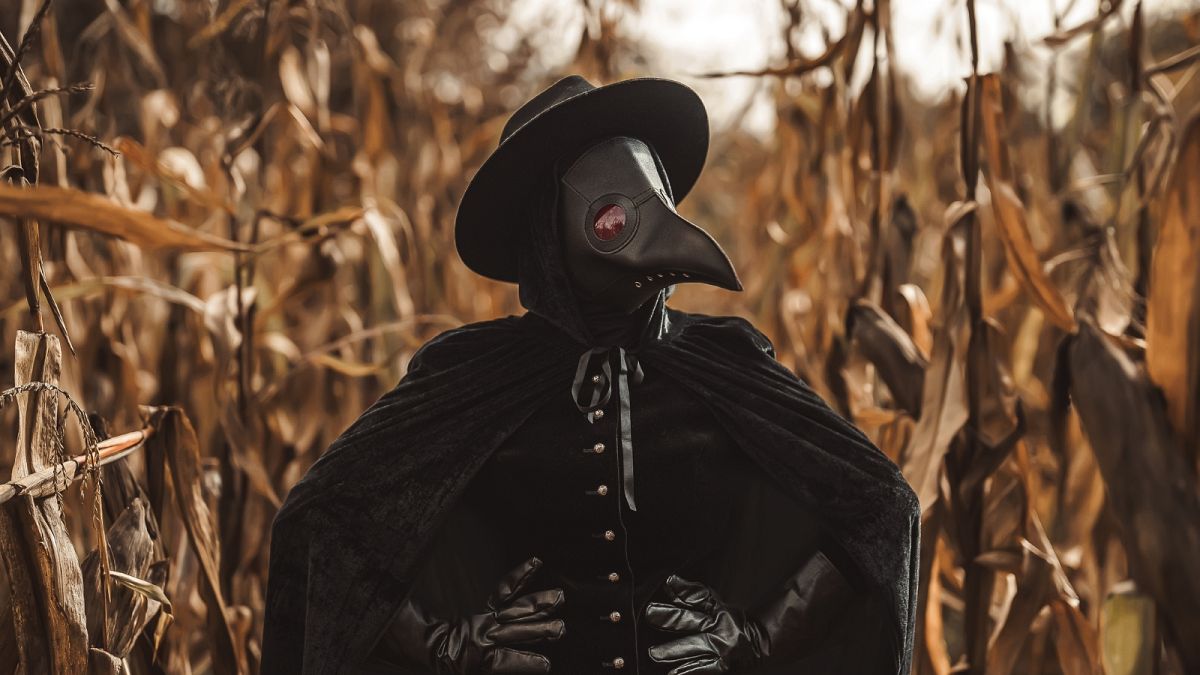A new case of the plague has been detected in the US. Why is the infamous infection still a thing and what symptoms do you need to be aware of? Known around the world for killing tens of millions of people in Europe during the Black Death in the Middle Ages, the plague is back in the headlines after cases were detected in the United States. Health officials in the state of Colorado have just confirmed a human case of the infamous but rare bacterial infection, which today is easily treated with antibiotics.
The US Centers for Disease Control and Prevention (CDC) estimates there are seven human cases of plague per year in the US, and in February, Oregon officials reported it in a person who likely got it from their sick cat. Surprised to hear the plague is still around? Here's what you need to know. The bubonic plague is the most common form of the bacterial infection, which spreads naturally among rodents like rats.

There are two other forms of the plague: septicemic plague (which spreads through the whole body) and pneumonic plague (which infects the lungs). Bubonic plague causes painfully swollen lymph nodes that are most commonly found in the groin, armpit, and neck, called buboes. It will often advance and turn into the other two forms of plague if untreated.
Other symptoms of the plague include sudden high fever and chills, headaches, and pain in the abdomen, legs, and arms, according to the . The bacteria is transmitted through the bites of infected fleas, which spread i.























